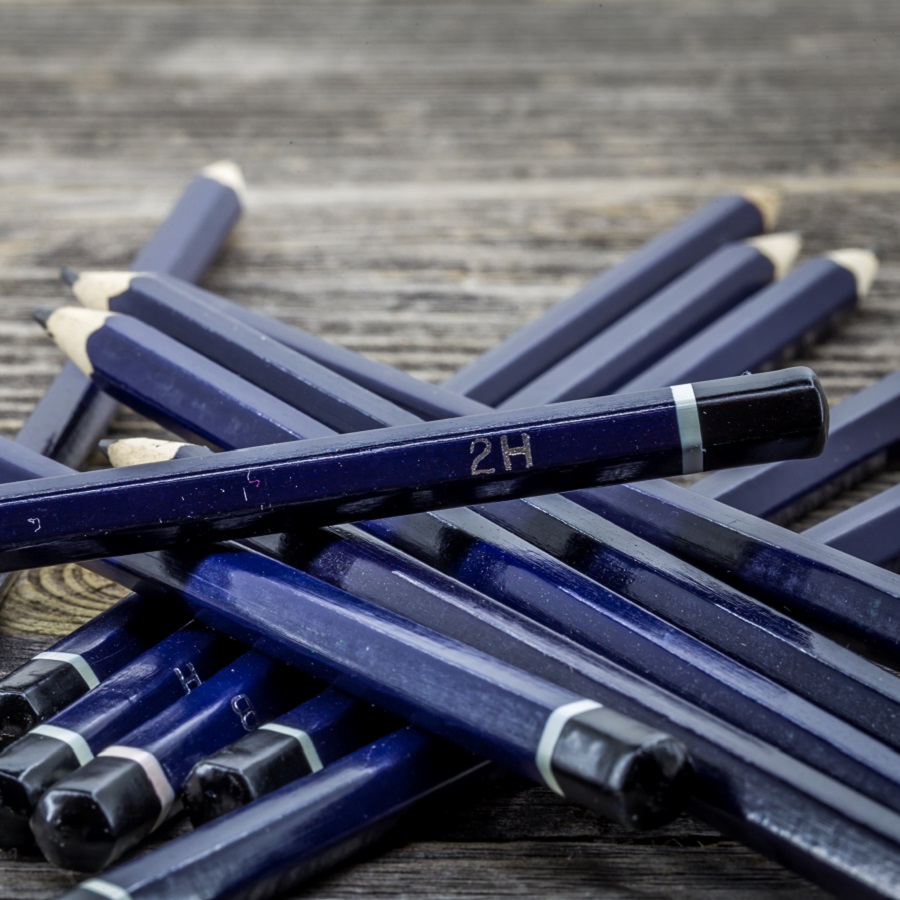Choosing the best colored pencils can be transformative for your artistic journey, whether you’re a novice or a professional artist. The right set of pencils can elevate your artwork, providing vibrant colors and smooth application. In this guide, we’ll delve into the composition and types of colored pencils, offering insights to help you make an informed decision.
The Composition of Colored Pencils
Colored pencils are more than just colored sticks; they are carefully crafted tools designed to enhance your artwork. Understanding their composition can help you appreciate their value and choose the best ones for your needs.

-
Pigments
The pigments in colored pencils are the key to achieving a wide range of colors. These pigments can be derived from natural minerals like ochre, charcoal, and limestone, or they can be synthetically produced. Natural pigments are sourced from various natural materials, ensuring authentic and earthy tones. Synthetic pigments, on the other hand, are chemically engineered to create a broader spectrum of vibrant colors. -
Fillers
Fillers play a crucial role in giving colored pencils their hardness and texture while also reducing the cost of pigments. Common fillers include wax and talc, which help in blending the pigments smoothly onto the paper. These fillers also impact the pencil’s overall performance, influencing how the color appears on the paper.

-
Binders
Binders are the glue that holds pigments and fillers together. Depending on the type of binder used—such as glycerin esters, wax, or resins—the quality of the colored pencil can vary. High-quality binders ensure that the color lays down smoothly and adheres well to the paper. -
Wooden Casing
The wooden casing of colored pencils is not just for holding; it provides protection and ease of handling. Common woods used include linden, birch, and other softer woods, which are easy to sharpen and handle.
Types of Colored Pencils
Colored pencils come in various types, each suited for different artistic needs. Here’s a breakdown of the common types:
-
Oil-Based Colored Pencils
Oil-based colored pencils are known for their vibrant, heavy colors. The waxy feel of the core allows for a unique texture, creating a rich and smooth application. They are perfect for creating bold, vivid artworks but are less suitable for layering and erasing. For instance, artists who enjoy creating intense, textured pieces often prefer these pencils. -
Water-Soluble Colored Pencils
Water-soluble colored pencils are versatile, offering the benefits of both pencils and watercolors. When used dry, they function like regular colored pencils, but when water is added, they can create watercolor effects. This makes them ideal for artists who like to experiment with different techniques. However, achieving smooth, flat colors can be tricky as water can cause uneven patches. -
Pastel Colored Pencils
Pastel pencils have a powdery texture and are known for their strong coverage. They are excellent for blending and creating soft, gradient effects. The drawback is their tendency to smudge and create a mess, requiring a fixative to set the artwork. These are often used by artists who prefer soft, muted tones and detailed shading.
Tips for Selecting the Best Colored Pencils
Choosing the right colored pencils depends on your specific needs, artistic style, and budget. Here are some practical tips to consider:
-
Determine Your Needs
Beginners might prefer affordable sets with a wide range of colors to explore different techniques. Professional artists, on the other hand, should invest in high-quality brands known for their consistency and durability. Brands like Prismacolor and Faber-Castell are highly recommended by experts and users alike, offering a balance of quality and performance. -
Consider Your Art Style
Your preferred art style can influence the type of colored pencils you choose. For instance, if you enjoy creating detailed, vivid illustrations, oil-based pencils might be your best option. If you like the flexibility of working with both dry and wet media, water-soluble pencils are ideal. -
Budget and Quality
While it can be tempting to go for the cheapest option, investing in quality colored pencils is worth it. High-quality pencils offer better pigment concentration, smoother application, and greater longevity. Look for reputable brands and read reviews to ensure you’re getting the best value for your money.
Maintaining and Using Colored Pencils
To get the most out of your colored pencils, proper maintenance and techniques are crucial. Here are some tips:
-
Sharpening:
Use a sharpener designed for colored pencils to avoid breaking the core. Electric sharpeners or handheld sharpeners with a gentle touch can help maintain a fine point. -
Storage:
Store your pencils in a cool, dry place to prevent the wood from warping and the pigments from deteriorating. Consider using a pencil case or a roll-up pouch for easy access and organization. -
Techniques:
Practice different techniques like layering, blending, and shading to enhance your artwork. Experiment with different pressures and strokes to achieve various effects.
For those looking to purchase high-quality colored pencils, durzerd.com offers a wide selection of top-tier options. Additionally,
cpencils.com
is perfect for artists needing smaller quantities of the best colored pencils for their projects.
By understanding the composition, types, and proper usage of colored pencils, you can make an informed decision and elevate your artwork to new heights. Happy drawing!



